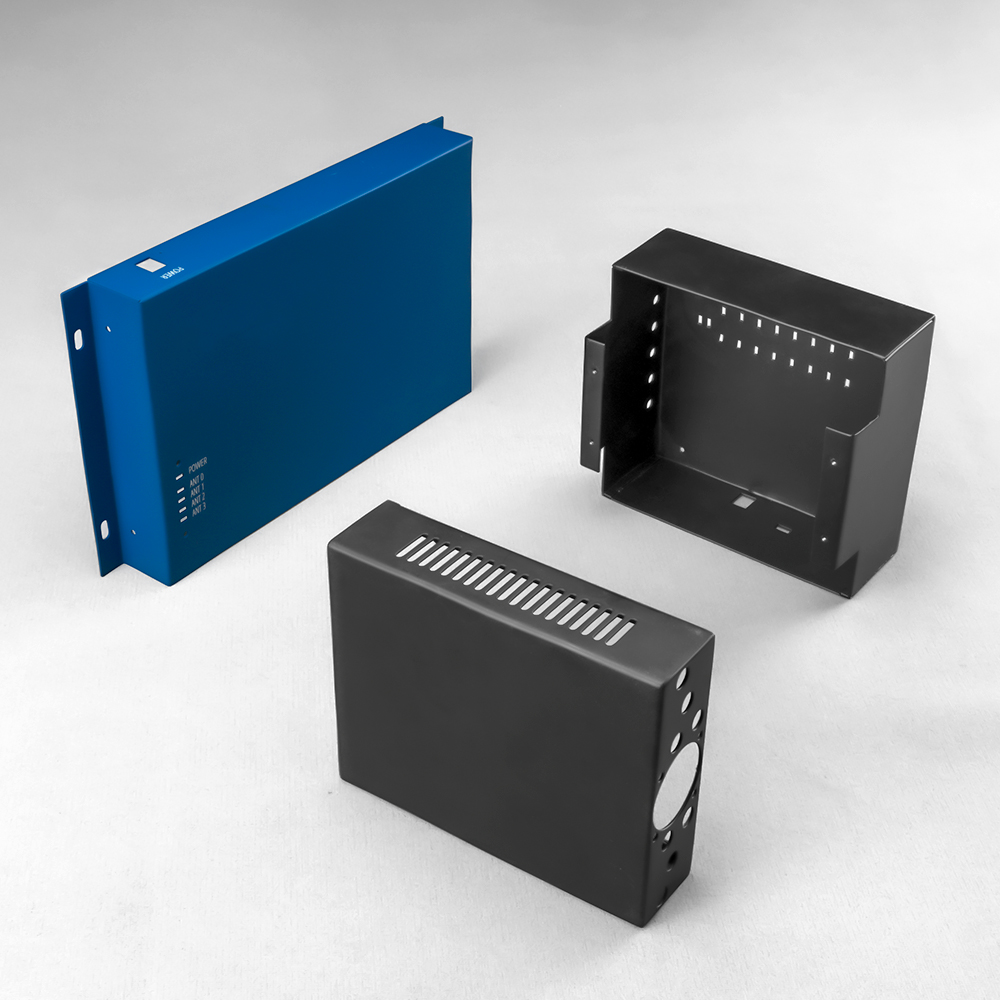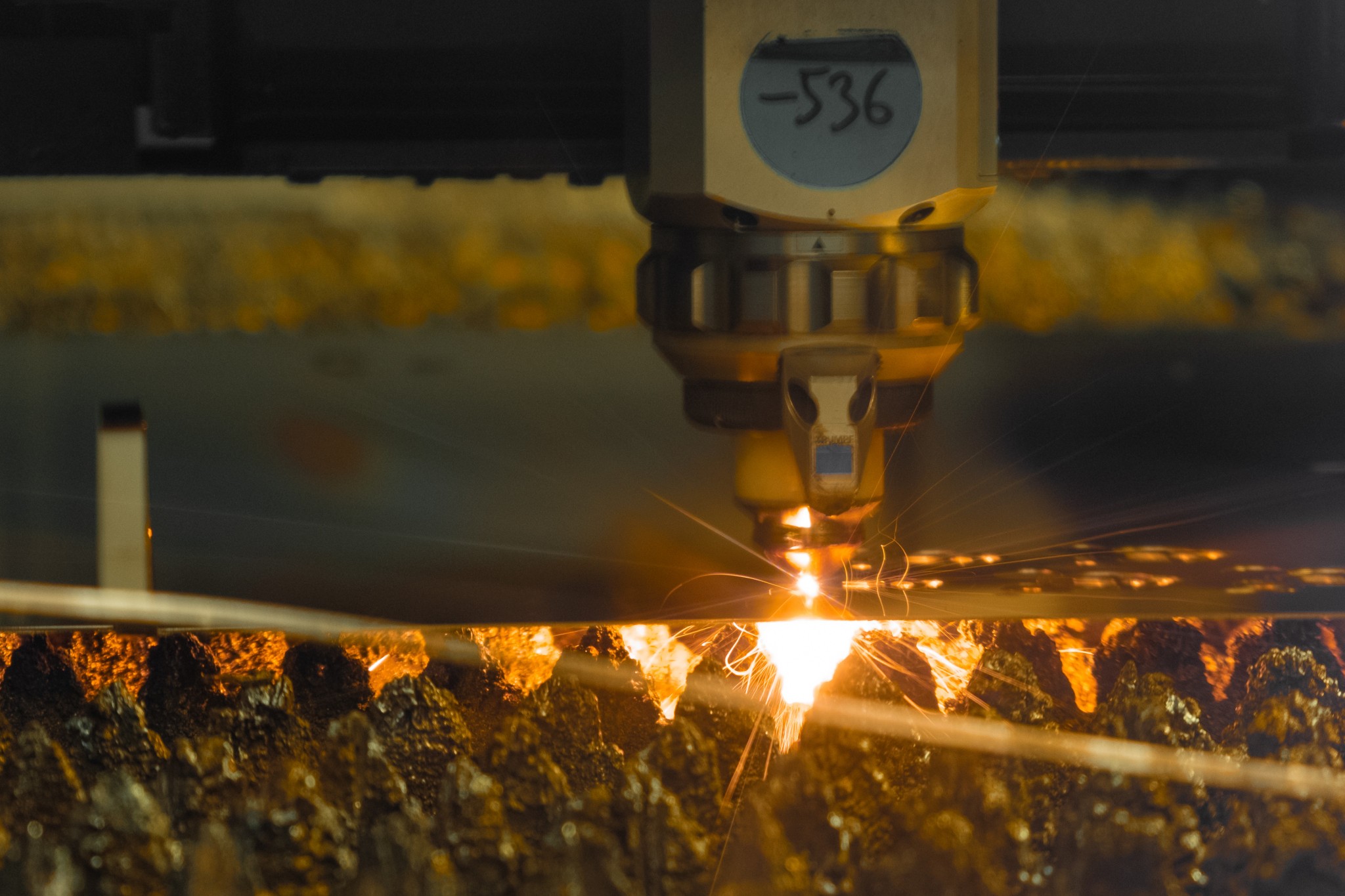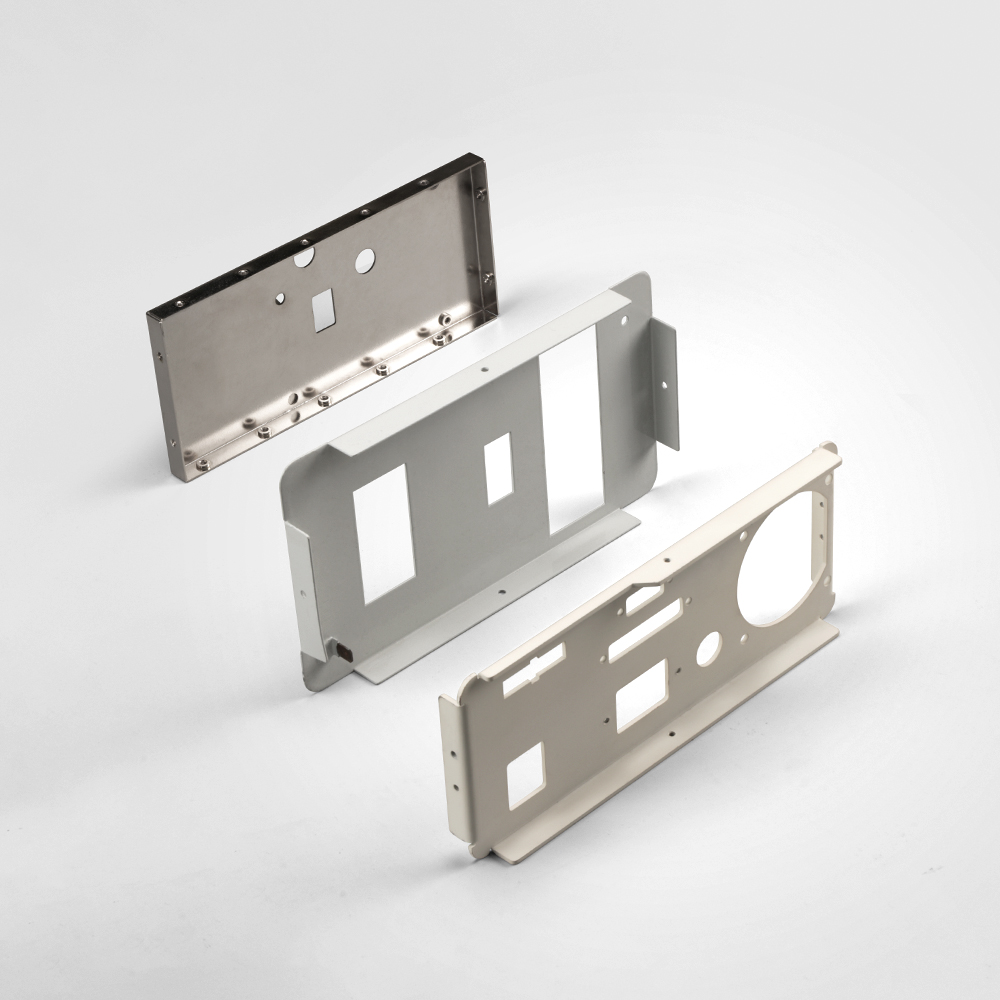Designing Sheet Metal Parts for Optimal Manufacturing Efficiency: Avoiding 8 Common Pitfalls+ View more
Designing Sheet Metal Parts for Optimal Manufacturing Efficiency: Avoiding 8 Common Pitfalls
+ View more
Date:2023-09-19 15:21
Introduction
In today's competitive manufacturing landscape, the efficient design of sheet metal parts is crucial for ensuring cost-effective production and delivering high-quality products. When designing these parts, it's essential to be aware of and avoid common pitfalls that could hinder manufacturing efficiency. By addressing these challenges early on, manufacturers can streamline their processes, minimize errors, and maximize productivity.
Pitfall 1: Neglecting Design for Manufacturability (DFM)
Design for Manufacturability (DFM) involves considering manufacturing constraints and requirements during the design phase. Collaboration between design engineers and manufacturing experts is critical to eliminating potential issues before they arise. Designers can ensure smoother production processes and optimised part performance by addressing material selection, forming operations, and tooling requirements in the initial design stages.For example, collaborating with experts can help identify materials that balance strength, formability, weldability, and cost. They can also provide insight into selecting appropriate forming operations, such as bending or stamping, based on the desired part geometry and material characteristics. Considering tooling requirements ensures that the necessary equipment is available and properly integrated into the design.
Pitfall 2: Overlooking Bend Allowance Calculation
Accurate bend allowance calculation is vital for achieving dimensional accuracy in sheet metal parts. The bend allowance compensates for material elongation and compression during the bending process. Neglecting this calculation can result in parts that do not meet specified dimensions or tolerances.To calculate bend allowances accurately, designers need to consider factors such as material thickness, bend radius, and the K-factor (which accounts for material behaviour during bending). Utilizing bend tables or specialized software tools allows designers to determine precise bend allowances, resulting in parts that meet tight tolerances and functional requirements.
For instance, when working with different materials or thicknesses, designers must consider variations in bend allowance calculations. Failing to account for these variations can lead to inconsistent part dimensions and assembly issues.
Pitfall 3: Ignoring Proper Material Selection
Proper material selection is critical for achieving desired mechanical properties and product performance in sheet metal parts. Neglecting to consider the specific requirements of the application can result in compromised functionality or increased production costs.When selecting materials, designers must evaluate factors such as strength, formability, weldability, and cost. Each application may require a unique combination of these properties. Consulting materials databases, collaborating with suppliers, and conducting tests can provide valuable insights into material behaviour and help make informed decisions.
For example, in an automotive application that requires high strength and crash resistance, designers may choose advanced high-strength steels. Conversely, if cost is a significant factor, they may opt for more affordable options without compromising essential characteristics.
Pitfall 4: Inadequate Dimensional Tolerancing
Dimensional tolerancing plays a significant role in ensuring the proper fit and functionality of sheet metal parts. Tolerances define acceptable variations in dimensions and geometric features to guarantee that parts assemble correctly and function as intended. Balancing tight tolerances with manufacturing process limitations is crucial to avoid excessive rejections or costly rework.Geometric Dimensioning and Tolerancing (GD&T) principles provide a standardized language for communicating dimensional requirements on technical drawings. Employing GD&T techniques helps designers optimize design intent, enhance interchangeability, and reduce the likelihood of manufacturing errors.
For instance, instead of specifying individual tolerances for each dimension, designers can utilize GD&T principles to derive tolerances based on the part's functional requirements and manufacturing capabilities. This approach ensures that the design remains within acceptable limits while allowing manufacturers flexibility in their processes.
Pitfall 5: Poor Nesting and Material Utilization
Efficient nesting of sheet metal parts is crucial for optimizing material usage, reducing waste, and minimizing production costs. Properly arranging components within a raw material sheet saves time and resources while maximizing material yield. Advanced nesting software provides enhanced algorithms that intelligently position parts to minimize scrap, improve material utilization, and reduce overall production costs.Optimizing nesting not only saves money on raw materials but also reduces processing time. By minimizing the number of tool changes and optimizing cutting paths, manufacturers can significantly improve productivity and throughput. This leads to shorter lead times and increased competitiveness in the market.
For example, by utilizing nesting software's advanced algorithms, manufacturers can achieve higher material yield, reducing the need for additional material procurement and decreasing waste disposal costs. Efficient nesting also helps avoid unnecessary material handling and improves part quality due to reduced handling-induced damages.
Pitfall 6: Inadequate Consideration of Tooling and Equipment Limitations
Designers must consider the capabilities and limitations of manufacturing equipment and tooling during the design phase. Failing to account for these factors can result in unfeasible designs, increased production costs, and manufacturing delays.By incorporating tooling and equipment limitations into the design process, designers can ensure that the final design aligns seamlessly with production requirements. Collaboration with manufacturing experts is crucial for understanding the capabilities of machinery and tooling, as well as identifying potential design improvements to optimize manufacturing efficiency.
For instance, designing parts that require complex tooling setups or specialized equipment may significantly impact production time and costs. By considering these limitations, designers can simplify designs, reduce tooling complexity, and minimize setup times, resulting in faster and more cost-effective production.
Pitfall 7: Lack of Design Documentation and Communication
Clear and comprehensive design documentation is essential for effective communication between design engineers, manufacturing teams, and suppliers. Accurate drawings, specifications, and instructions provide clarity and minimize misunderstandings throughout the manufacturing process.Standardized documentation practices, such as following industry standards like ISO or ASME, ensure consistency and facilitate efficient collaboration. Digital tools, including computer-aided design (CAD) software and product lifecycle management (PLM) systems, enable seamless sharing of design information and revisions, reducing errors and misinterpretations.
Effective communication between stakeholders is critical for successful manufacturing outcomes. Regular meetings and open lines of communication help address any design-related issues or clarifications promptly. This ensures that all parties involved have a clear understanding of the design intent and can work together towards achieving optimal manufacturing efficiency.
Pitfall 8: Disregarding Post-Processing Requirements
While designing sheet metal parts, it's important to recognize the need for additional post-processing operations beyond the primary manufacturing steps. These operations can include surface finishing, plating, painting, or assembly. Neglecting to consider these requirements during the design phase can lead to delays, additional costs, and compromised product quality.Collaboration with stakeholders, including surface finishers, platers, painters, and assemblers, enables designers to incorporate necessary post-processing considerations early on. By involving these experts, designers can select appropriate materials and design features that facilitate smooth post-processing operations without compromising part functionality or aesthetics.
For example, designing parts with specific surface finishes in mind helps avoid costly rework or additional time-consuming processes. Considering assembly requirements during the design phase ensures that components fit together seamlessly, reducing assembly errors and improving overall product quality.
Conclusion
Designing sheet metal parts for optimal manufacturing efficiency requires a proactive approach to avoid common pitfalls. By embracing Design for Manufacturability (DFM) principles, accurately calculating bend allowances, selecting appropriate materials, and considering dimensional tolerances, manufacturers can streamline their processes, reduce waste, and improve product quality. Additionally, optimizing nesting, incorporating tooling and equipment limitations, documenting designs comprehensively, and addressing post-processing requirements contribute to successful manufacturing outcomes.Achieving seamless manufacturing involves collaboration between design engineers, manufacturing teams, suppliers, and other stakeholders. By emphasizing the importance of expert knowledge and effective communication throughout the design process, manufacturers can maximize productivity, minimize errors, and gain a competitive edge in the market. By avoiding these eight common pitfalls, manufacturers can optimize their design practices and achieve efficient and cost-effective production of sheet metal parts.

Share to:
Recommend wonderful blog posts

